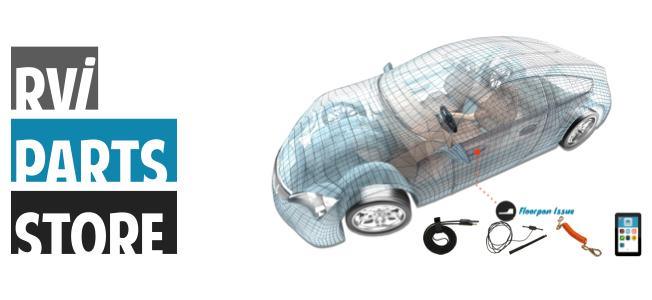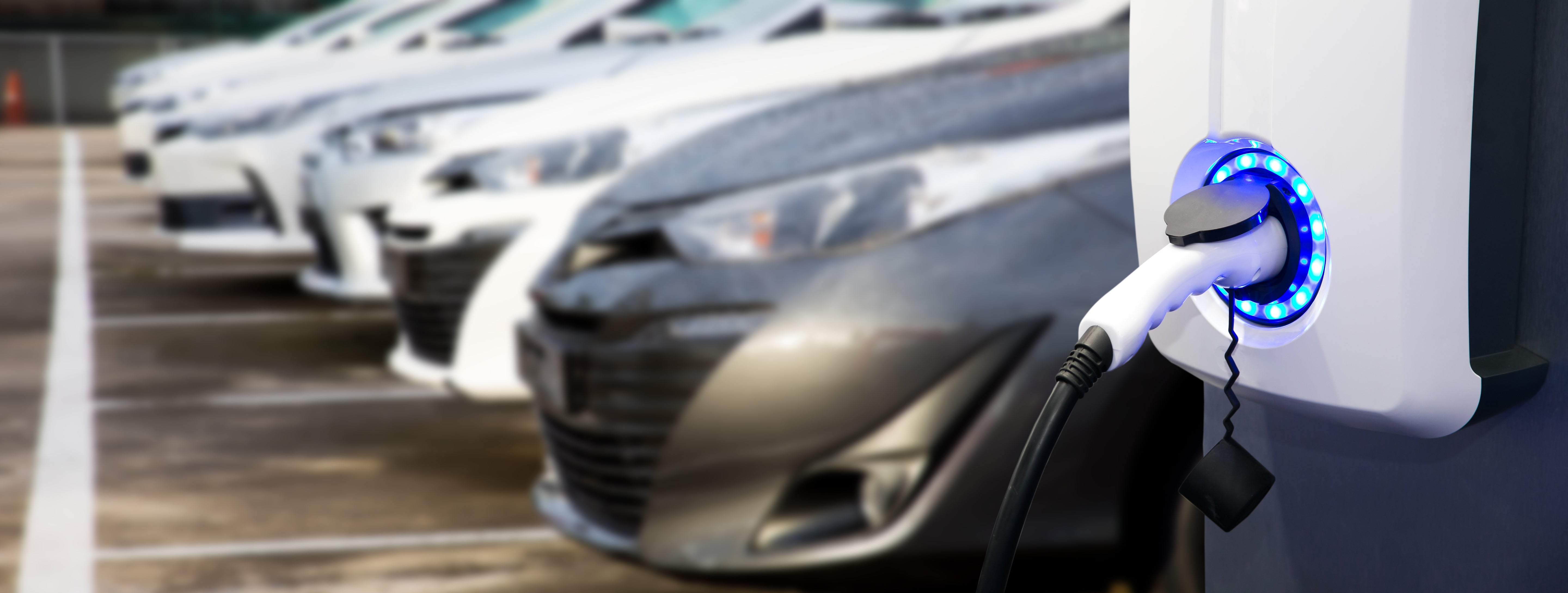As the auto industry continues to pivot towards clean energy, the number of hybrid and electric vehicles is on the rise. These types of vehicles are here to stay - so it’s a good idea to get acquainted with them, especially as it pertains to flat towing.
ARE HYBRID & ELECTRIC VEHICLES TOWABLE?
The short answer? Yes.
However, it is a bit more complicated than that. For starters, just like gas-powered cars, only certain makes and models are capable of being towed with four wheels down.
For a full list of what 2023-2024 vehicles (including hybrids/electrics) are flat-towable, click HERE.

Beyond that consideration, however, it’s important to note that many of these types of vehicles require some level of modification to be flat-tow ready. Let’s take a look at some of the most common mods you’ll need to make.
BATTERY DRAIN
Hybrid and electric vehicles typically have a higher parasitic power drain than most cars. It’s not always the case, but it’s a good rule of thumb by which to live. That means that, almost always, one of these two things will be true:
Scenario #1: You’ll need to disconnect the battery in the towed.
Scenario #2: You’ll need to utilize something like our Towed Battery Charger+ to keep the battery from dying.
Your Owner’s Manual will tell you if you should disconnect the battery (if it doesn’t mention anything about the battery, then you shouldn’t disconnect it). It’s really important to note that a charger cannot take the place of a disconnect, and that these devices shouldn’t be used together. If you need to disconnect the battery, then just use a disconnect. If you don’t have to disconnect the battery, just use a charger.
12v OUTLETS
Your 12v outlets are another aspect to consider in these types of vehicles. Many will have outlets that cycle power or shut off after a period of time. That means that, if you’re using a braking system like the RVibrake3, you’ll need a dedicated, third-party 12v outlet to power your brake.
BRAKING TYPE
Speaking of braking systems, one of the biggest differences between hybrids/electrics and traditional gas-powered vehicles is the type of brakes on the car itself. Most hybrid/electric vehicles use what’s called an ACTIVE braking system. What that means is that your brake pedal always has assist on it which makes it very easy to push. That’s very different from most traditional vehicles that have what’s called a VACUUM braking system, where the pedal goes “dead” (or hard to push) when you shut the vehicle off and pump the brake pedal a few times.
Most portable brakes (including RVibrake3) are designed to operate on the “dead” pedal of a VACUUM system. That means it’s pressing with a large amount of force to overcome the pedal’s inertia, even during lighter brakings.
If you have a hybrid or electric vehicle, we have to adjust this (failure to do so can result in tire damage). Fortunately, setting up your RVibrake3 for an ACTIVE system is quite easy. On your Command Center tablet, you’ll simply need to go into the RVibrake3 app, then tap on ‘Active’ instead of ‘Vacuum’. This will change you over to the correct pressure settings.
BEST HYBRID/ELECTRIC TOWED VEHICLE
With all of this in mind, what hybrid/electric vehicle provides you with the easiest setup and greatest flexibility when it comes to towing?
You have a couple of different options here.
The most popular pick is probably the Ford Escape Hybrid - and with good reason. The Escape is relatively easy to set up, comes highly rated, and can be purchased at a reasonable price point (mid-$30K). You could certainly do worse than going with the Escape. However, there are a couple of things that keep this from being our top pick:
- The Escape’s engine has to be started every 6 hours to lubricate the transmission. Every time you do this, you’ll need to also re-setup your RVibrake3.
- The Escape’s battery is in the rear, meaning that your Towed Battery Charger + and 12v Battery Direct Kit will need to be installed a bit differently than usual. Your hot leads for both of these products will hook to your positive jumper cable terminal under the vehicle’s hood, while your ground leads will hook to the chassis (via a grounding bolt or similarly exposed piece of metal).
Because of these reasons, we actually recommend going with Jeep’s latest offering: The Wrangler 4xE. This is Jeep’s all-electric model of the Wrangler.

From a ratings perspective, it’s virtually identical to the Escape, but, beyond that, Jeep has the best track record in the industry when it comes to flat-towable vehicles. The standard Wrangler has been the gold standard of flat towing for more than a decade, and the 4xE stays as faithful to the original as possible. It is a bit pricier than the Escape (base MSRP between $40K-$50K), but the reputation Jeep carries in the flat towing world and the ease of setting this vehicle up for towing helps to make the added cost worthwhile.
CONCLUSION
It’s absolutely possible to outfit a hybrid or electric vehicle for flat-towing - you just have to be aware of the extra hoops you’ll need to jump through in order to set the vehicle up to tow.
If you’ve got additional questions on any part of this article, don’t hesitate to reach out. Our Customer Service Champions can provide you with more information about a specific vehicle you might be looking at purchasing. Happy RVing!








Leave a comment